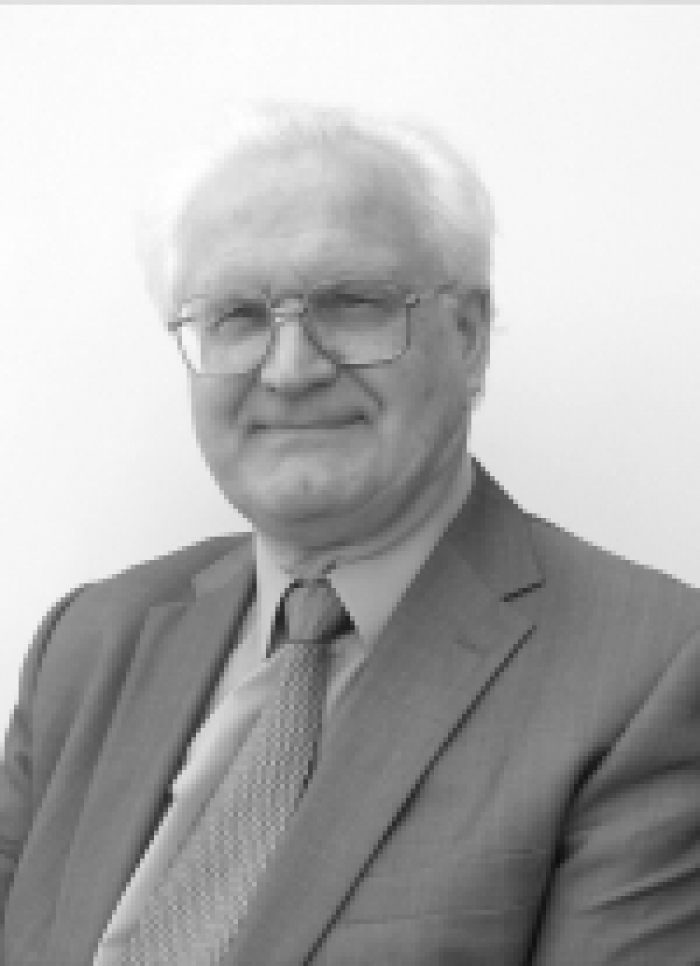Dr. Peter Harrop from IDTechEx speaks about the difference between the growing interest in Electric Buses that contrasts with the gloom in Electric Cars
Vibrancy in Electric Buses Contrasts Gloom in Electric Cars
By Dr Peter Harrop
The IDTechEx report, Electric Buses and Taxis 2012-2022 concentrates primarily on buses defined as enclosed vehicles with a driver that have been designed for stage carriage or transit work and carrying at least 10 passengers. The market for these electric buses and taxis at ex-factory prices will rise 8.7 times from $6.24 billion in 2011 to $54 billion in 2021. Of course, the largest part of that will be buses and detailed figures to 2022 are given in the report. In the main, the buses will be designed exclusively for that purpose, though some will have power trains used for trucks as well. China will become by far the largest market for both electric buses and electric taxis.
The vibrancy in electric buses, both hybrid and pure-electric, is in stark contrast to the despair about pure-electric on-road cars, where sales dribble along at less than one third of the sales of golf cars - a saturated market. Club Car, part of Ingersoll Rand in the US, continues to claim that it is the world´s largest pure-electric car manufacturer purely due to being number one in golf cars.
It has long been known that almost no one wants a pure-electric on-road car with range of 100 miles (160 km) or less. Those that do usually ask for plenty of charging stations in sight during the journey and at destination but these are not yet available in the desired numbers. The owners of pure-electric cars charge them at home but need the other charging stations as "lifebelts" in case they need them, though they will be rarely, if ever used - like lifebelts. That means that someone wealthy needs to put in the charging stations because they will rarely be financially viable. To some extent, national and local governments, retailers and employers are stepping to the mark but for how long when few such cars are being purchased? For more see, Electric Vehicle Charging Infrastructure 2012-2022 .
In a sense, roadside charging stations are putting the clock back because they are visually similar to the old parking stalks at every parking place by the road - ugly, expensive and ultimately unnecessary. There is a better way and that is to increase the range of pure-electric cars. It is amazing that two leading German car manufacturers are launching pure-electric cars this year that repeat the old error of shoehorning electrics into a heavy body not intended for the purpose. The result is, once again, an unacceptable range of 100 miles or less. Yet benchmarking best practice for affordable pure-electric vehicles by land, water and air shows that 150 miles range is the achievement of the best practitioners.
That is still unacceptable to most of us but there is now a great selection of new technologies that, if applied to "born electric" platforms that are lighter and more aerodynamic, can give 200 miles range or more. They include multiple energy harvesting such as large area, conformal photovoltaics, unfurling and unfolding photovoltaics and small wind turbines when stationary. Add to that energy harvesting shock absorbers, more efficient powertrains, including regenerative braking without separate generators, improved electric motors and supercapacitors across batteries so more of their power can be used, performance is improved and life increases. This year, the supercapacitors appear in the new Bollore Bluecar model and the Mazda sports car but no one is using more than one or two of the modern options in cars. Contrast aircraft that run entirely on solar and sometimes regenerative soaring or Autonomous Underwater Vehicles (UAVs) that surface to garner both wave and solar power. Consider Beneteau seagoing leisure boats that recharge their batteries by the propeller going backwards when they are under sail or moored in a tide and the small wind turbines you see being used by most boats in a marina. Most electric cars harvest no energy at all when stationary. Their designers should get out more.

01 January 2014
Vibrancy in Electric Buses contrasts gloom in Electric Cars
by

